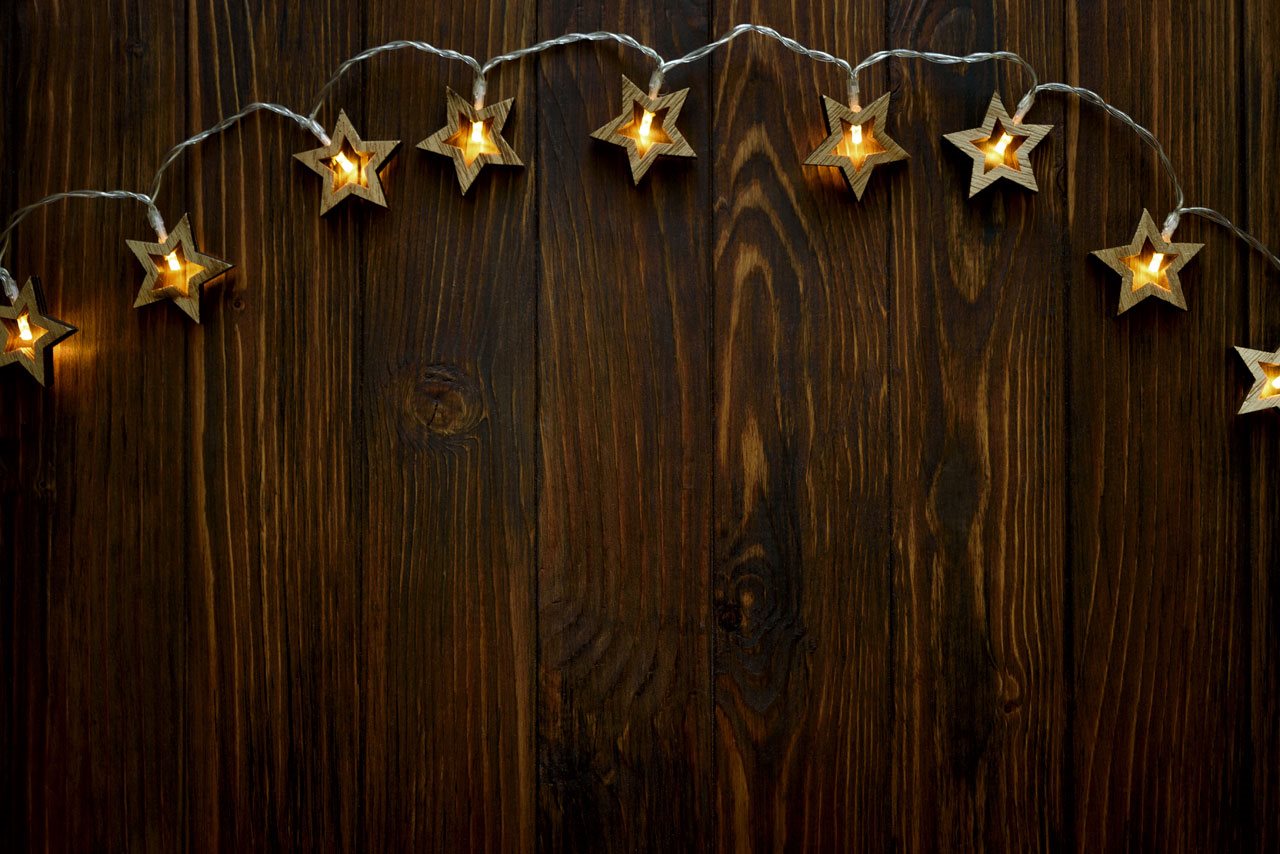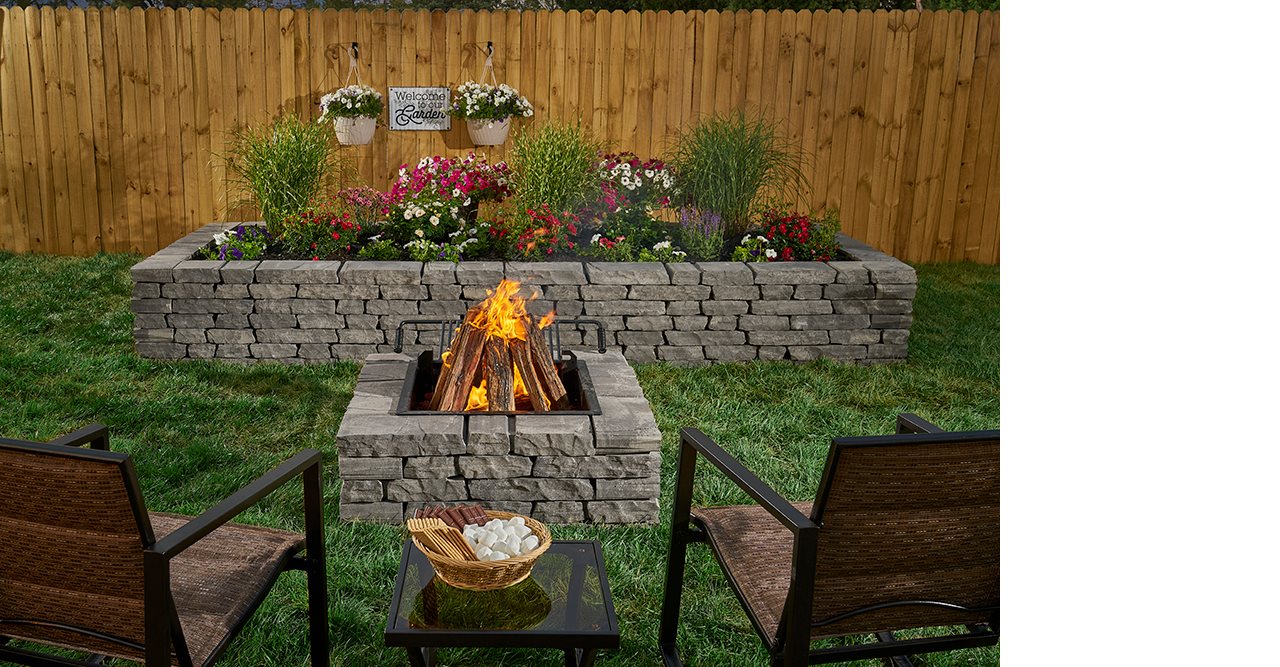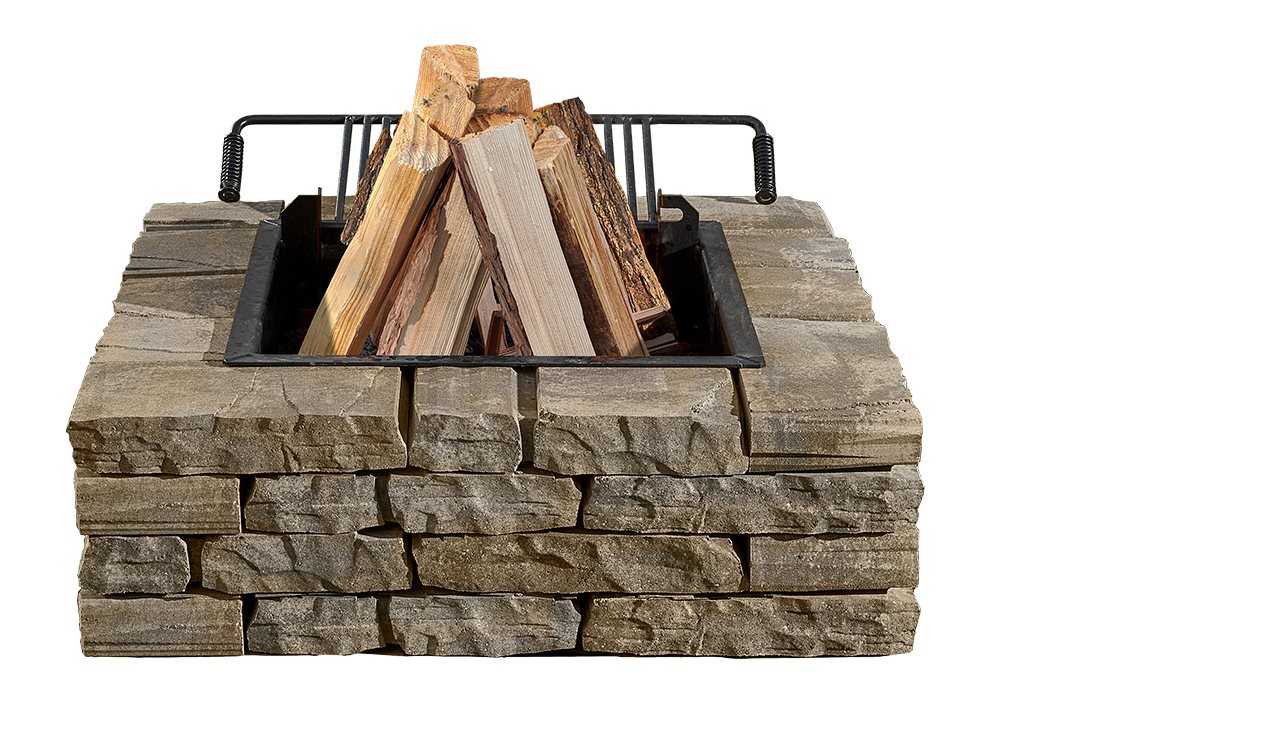2023-11-27T14:11:00
(BPT) – Parties, family gatherings, time with friends and the occasional surprise guest — the holidays are full of fun get-togethers and reasons to celebrate. While there’s much to look forward to, cleaning your home might be a less joyous holiday activity.
Tidying your house can be a lot of work. When you need your home to look its best for a big event, small gathering or just an unexpected guest, a quick clean with minimal effort can make all the difference. Here are a few proven tips and tricks to save time by cleaning smarter, not harder.
Tip 1: Use multitasking cleaners to save time
You don’t need a cabinet overflowing with cleaning solutions. Choose multitasking options like Bona’s all-purpose cleaners that clean a myriad of surfaces, including stainless steel, glass, ceramic, granite and stone. You can quickly tackle many tasks in your home and feel good about using a product that is 99% USDA certified bio-based content, meaning it’s better for the environment.
Tip 2: Create clutter bins for quick cleans
One way to help cut clutter is by creating a bin system to quickly tidy a space. In each room have a small basket or bin handy where you can toss in items that need to be put away in a hurry. This helps clear spaces, especially when time is running short. You can put the bin into a closet to tend to later or assign the bin to a family member to put items away while you focus on another task.
Tip 3: Focus on the floor for a tidy appearance
A quick clean of the floor makes any space look tidier in a snap, and a cleaning system like Bona’s Premium Spray Mop is ideal for both dusting and mopping. With an extra-large mop head for faster cleaning, microfiber pads that can be washed and reused up to 500 times and a system that uses 97% less water than a traditional mop and bucket, it’s a great value that is also environmentally friendly.
Tip 4: Use a grab-and-go mobile cleaning caddy
When you only have a few minutes, a well-stocked plastic caddy can be a life-saver. Pack your caddy with your go-to favorites including Green Guard Certified, USDA Biobased and EPA Safer Choice cleaners to ensure safe ingredients are used around your home. Add in items you find useful like microfiber cloths, paper towels and rubber gloves. This way, when you get that last-minute call or text, you’re ready for a quick clean before guests arrive.
Tip 5: Don’t worry, be merry
The holidays are meant to be about family and friends, so try to do a little less cleaning and a bit more enjoying. While you might notice the few crumbs on the floor or dust on a shelf, there’s a good chance your guests won’t. Focus on cleaning the high visibility areas, surfaces and floors while reducing clutter to get the most impact, especially when you’re low on time. Let the rest go and spend your time enjoying the season.
In just a few minutes, it’s easy to make your home guest-ready. Remember, the holidays are about time with loved ones, so stress less, enjoy your home and embrace the joy of the season.
















